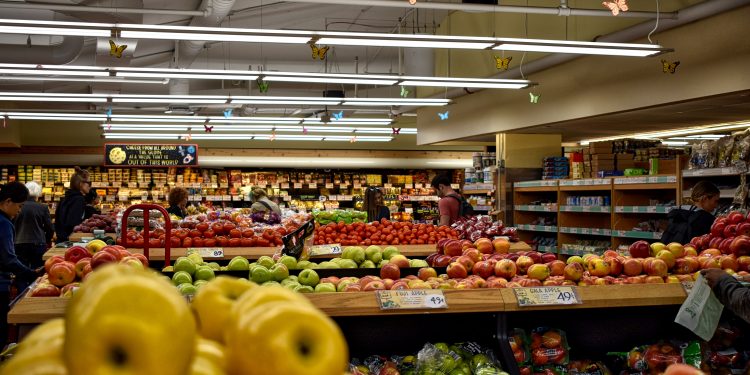The cashless movement has grown considerably over the past few years as people become more educated about the benefits. Cashless transactions offer food stores a variety of advantages, such as added security against theft, faster and easier checkout, and lower administrative costs due to reduced labor associated with counting and handling money. Furthermore, food stores have the potential to gain additional revenue through loyalty programs that target customers utilizing cashless payment options. Although there is still some resistance from consumers who prefer using cash, the eventual trend seems clear; food stores need to begin taking steps towards promoting a cashless shopping experience in order to stay competitive in today’s market.
Amazon Go has not arrived in Canada yet, but some discussion has begun there as to the merits of cash vs. cashless in food stores. Some U.S. cities and states have banned cashless stores, but consumers clearly want convenience and immediacy when making purchases, especially for food.
Still, some customers prefer to use cash for small purchases such as a cup of coffee or a burger. Shake Shack experimented with a cashless store in Manhattan, but reversed themselves when store sales took a dive. Then there are the large number of unbanked consumers who do not have plastic to use.
Even where legal, cashless stores are allowed, they will likely make provisions to handle cash transactions for the simple reason that hungry customers will vote with their feet and find a competitor across the street that will cheerfully accept their cash.
A Times Colonist article discusses more on this topic which is excerpted below.
“The economic case for using less cash when purchasing food is overwhelmingly strong. It makes the system more efficient, provides more convenience for shoppers, and makes management less prone to theft and human error. But it’s not all good.” Dr. Sylvain Charlebois, senior director, Agri-Food Analytics Lab, and professor of food distribution and policy at Dalhousie University.
According to a recent survey by Payments Canada, 42 per cent of consumers use cash fewer than four times a month when purchasing food. A year ago, it was only 20 per cent.
Our food transactions are becoming more digitized and the conversion rate away from using cash is phenomenal. There has been a lot of talk about Amazon Go’s cashier-less model in the United States, which will come to Canada at some point. However, little attention has been given to how a cashless world could affect how we shop for food in the future.
It’s convenient, easy and, frankly, as soon as your food is picked or served, most of us want to enjoy the food and then leave the grocery store as soon as possible. This is an ideal exit scenario for most of us and so, more and more consumers are going cashless, with the industry playing along.
Overview by Raymond Pucci, Director, Merchant Services at Mercator Advisory Group










